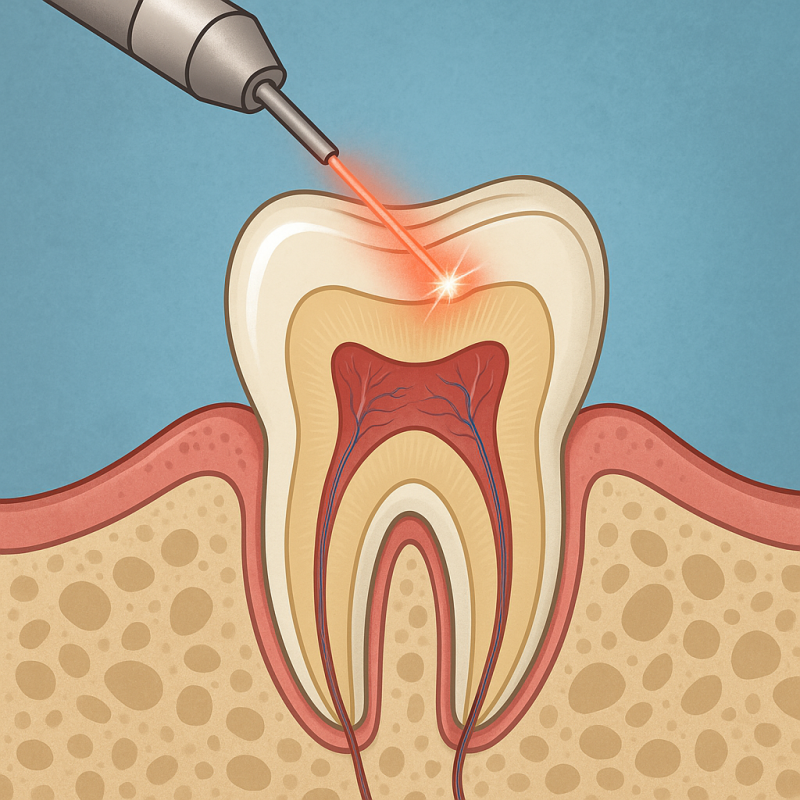Am deschis grupe noi Abheda Yoga Tradițională în
📍 București, 📍 Iași (din 7 oct) și 🌐 ONLINE!
Înscrierile sunt posibile doar o perioadă limitată!
Te invităm pe canalele noastre:
📲 Telegram –
https://t.me/yogaromania
📲 WhatsApp –
https://chat.whatsapp.com/ChjOPg8m93KANaGJ42DuBt
Dacă spiritualitatea, bunătatea și transformarea fac parte din căutarea ta,
atunci 💠 hai în comunitatea Abheda! 💠
<>It seems that in the very near future our teeth will no longer need fillings, they will be able to regenerate themselves with the help of using a low-intensity laser therapy.
The authors of this technique believe that their method has huge potential, as it will be able to be used not only in dentistry, but in the entire field of regenerative medicine.
American researchers used low-intensity laser beams to stimulate dental stem cells to form dentin, the hard, bone-like tissue that most of a tooth is made up of. The study was conducted on mice, but also included tests carried out in the laboratory on human cells.
Scientists have not regenerated an entire tooth, as tooth enamel regeneration is a complicated operation. But obtaining dentin already helps to remove the need to perform a root canal filling, the painful intervention that consists of removing the nerve and bacteria from a tooth.
The study was led by Praveen Arany, of the National Institute of Dental and Craniofacial Research, a division of the National Institutes of Health in the United States.
Using current cell regeneration methods, researchers extract stem cells from the body, grow them in the lab, and then reintroduce them into the body. This new technique simply stimulates the entry into action of stem cells that already exist in the patient’s body.
Scientists have long noted that low-intensity laser therapy can stimulate several biological processes, such as skin rejuvenation and hair growth.
The coordinator of the study insists on the correct dosage of the intensity of the laser beams: “If the intensity is too low, the treatment does not give results. If it is too high, then it can cause damage.” High-intensity laser beams are used to cut various objects and cauterize.
American scientists have discovered that exposing teeth to low-intensity laser beams acts on active chemicals, oxygen-containing molecules, which activate a cellular protein involved in development, healing and immunization functions.
This protein targets the stem cells present in the dental pulp and forces them to convert into dentin. Stem cells are cells capable of transforming into various types of cells and tissues in the body.
The American researchers believe that their method could be used to heal wounds, regenerate heart tissue, decrease inflammation and repair bone fractures.
The study was published in the journal Science Translational Medicine.
Source: http://www.mediafax.ro

